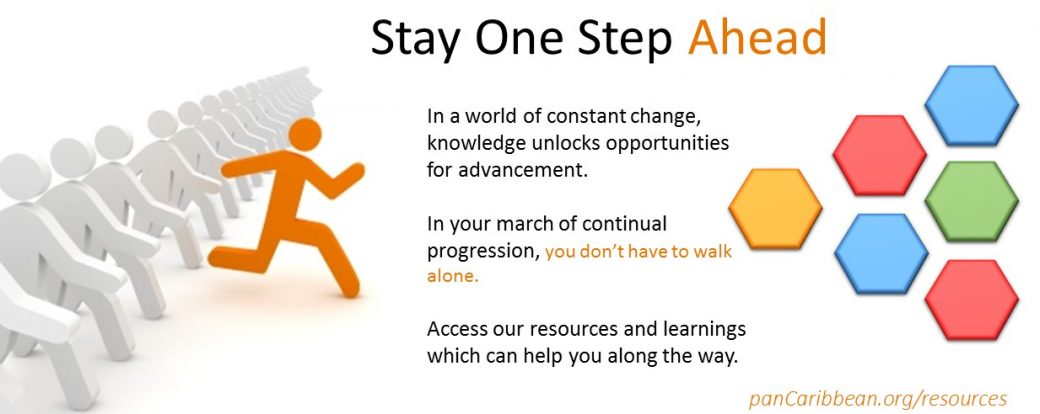“Art is a higher type of knowledge than experience”
~ Aristotle – Metaphysics ~
Here’s an unusual challenge: Create a poem with the subject matter being on Nature and our Environment. The poem must comprise 17 syllables in 3 lines, allocated into 5 syllables in the first line, 7 in the second and 5 in the third. Do you accept this challenge? The resulting product – known as Japanese ‘Haiku’ – is a form of poetry that can cause the inductee some challenge to rhythm and rhyme before the creative juices begin to flow.
If you are not too inclined to this form of art, and prefer a more hands-on challenge, we only need look at the ‘Food’ channels on our televised media to see instances of chef competitions and challenges where the creativity is tested with the additional restrictions of limited ingredients or within a specific culinary theme. It may be in the form of challenges centred around 1 key ingredient, or rather one of specific ingredients that may not work together conceptually – but that is what the chefs are given to work with and the time starts now.
Many of the persons undertaking these challenges title themselves artists who are able to not only work with what is given but transcend limitations in order to create their own tributes. So too for us – having mastered the science of our respective discipline – each challenge which we face allows the artist in us to develop and mature; each project a canvas to which we are allowed the opportunity to paint with our own abilities and from our perspectives. Over time, our every effort becomes a stroke of varying intensity and colour that fills the canvas of our career, inspired by passion and sculpted with soul, shaping the object of our attention and affection towards our version of excellence.
As artists operating within our own professions, we too will be tried and tested in different ways and by different parameters. Be it an oversupply of information, an unavailability of resources or inefficient work-ethic, each parameter sets a boundary that can be seen as an insurmountable inconvenience or as an obstacle that, once overcome, can leave a lasting hue of dazzling brilliance. This ability would be more valuable in more restricted environments, and with increasing regulatory frameworks and compliance specifications, may in fact prove critical to sustainability if not growth.
As leaders of artists and as artists ourselves, the challenge is amplified and arresting. We need to ensure that our artists are able to function – with the resources that are necessary, with the skill to create, and with the will to perform even where there are challenges and obstacles. Our contribution to the operating environment (and our own work of art) is much more elemental – demanding the ability to manage (all) resources and efforts directed toward a vision of the future as well as the delicate ability to inspire the artist to function – to ignite the passion that would engulf entire initiatives and effect a lingering afterglow of achievement.
This is not effortless by any means, since obstacles can deter as much as it can entice, ourselves as leaders as much as those whom we lead. As artists, effective performance requires our own passion and dedication to stay the course, despite any obstacles or limitations that may surface. It draws on our creativity and ability to visualise hidden paths that can lead us out of tribulation. As leaders of artists, we must be cognizant of what our reports envision themselves, enunciate and draw upon for inspiration. Equally of importance, we need to know what the requirements are that our artists would need in order to create. Where there are debilitating limitations an open consideration of the complexity of reality can serve to exact resolve and draw upon the individual creativity of each artist even as it serves to strengthen resolve.
Our professionals of today stand to benefit from the artistic approach to their disciplines – one that would engender creativity and innovative responses to manifest boundaries and limitations. The basis is the dedication to a profession, the drive to transcend the science of the discipline and realise their unique contributions that can be offered to the craft. And where this is attainable, the leader as the artist can his/herself offer a contribution to the leadership arts that would auger to the benefit of all individuals, and the organisation as a whole – as his/her own work of art. Great art, as attested by Huneker, as “an instant arrested in eternity.”

